As a Scottish Fire and Rescue Service crew commander and dog handler, Gary Carroll has been in many challenging environments.
His typical week, when not deployed to a search and rescue operation, is likely to involve training dogs and teaching firefighters.
So it was a break from the norm when he attended a special event at Holyrood recently to mark the 25th anniversary of the Scottish Parliament in the presence of the King and Queen.
He said: “It was a great day out and very unexpected to be invited. I had a chat with the Queen. It was something a bit different!”
Gary was made a recipient of the King’s Fire Service Medal in this year’s Birthday Honours list.
He said: “I haven’t been to receive it yet. I’m told it was for my work with search and rescue dogs in Scotland and abroad.”
He was invited to the Holyrood event by Audrey Nicoll, MSP for Aberdeen South and North Kincardine.
MSPs invited constituents “who have made an extraordinary contribution to the community”.
Work with the UK International Search and Rescue Team
Gary is based at the service’s Portlethen Training Centre, near Aberdeen.
He is handler to two other local heroes, Coorie and Mac, who are Urban Search And Rescue (USAR) dogs.
Gary was also part of the UK International Search and Rescue Team (ISAR) up to July of this year when he retired from it after 18 years as a team member.
This work involved being deployed overseas to help after natural disasters.
He started out as an on-call firefighter in 1993, going whole-time in 1999.
He later moved into research and development then became an instructor after a spell in the road safety department.
Gary and Diesel made fire and rescue service history
Around 20 years ago he became a qualified dog handler and trained his dog Diesel, who was a well-known search and rescue hero in his own right.
Gary and Diesel became Scottish Fire and Rescue Service’s first canine team and Gary is its first USAR dog handler.
He now has Coorie, a three-year-old Belgian Shepherd and Mac, an English springer spaniel.
At eight years old and after hundreds of searches, Mac is now enjoying a well-earned retirement.
“Mac saved two lives. That’s a big reward. That’s two people. But he’s done hundreds of searches.
“He can tell us when there is no-one there which saves us putting firefighters into dangerous areas and the time of our firefighters.
“I’ve been deployed to four different earthquakes, two with the dogs.”
As a search and rescue technician, Gary was sent to Sumatra, Indonesia, in 2009, to Christchurch, New Zealand, in 2011 and Nepal in 2015.
“I was deployed to Morocco with Coorie last year,” he added.
How is a potential rescue dog chosen as a puppy?
“You are looking for high-drive dogs, energetic and toy driven,” said Gary.
“When they are searching for a person they are looking for their toy. It’s a game to them. It’s two years of training.”
Gary said the dogs are trained to detect live human scent. This then gives the teams a chance to look closer or send in a camera.
What’s it like to be involved in this type of work?
Gary said: “It’s an experience and it’s humbling to see, to assist and help.”
Dangerous and difficult environments
Once the dogs have finished their part of the operation, Gary and the team may move on to humanitarian tasks.
He gives the example of a hospital in Nepal which closed down. His team “made it safe, opened theatres” and helped bring it back into operation.
He admitted that working in people’s “hour of need” as he describes it, “can be stressful”.
He said: “These are dangerous, difficult environments. You have to look after each other.”
He added that for some complex tasks, “you need to think outside the box”.
The reward, he says, “is seeing what you can do for people”.
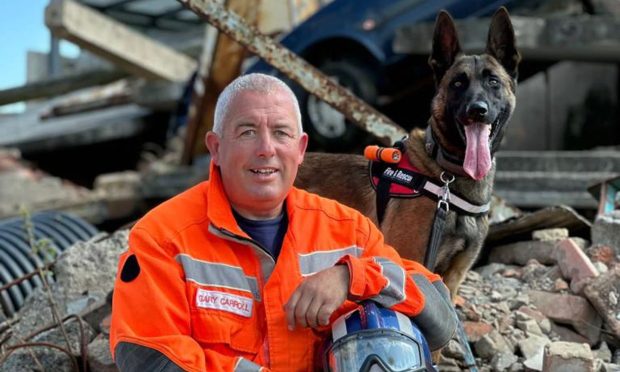
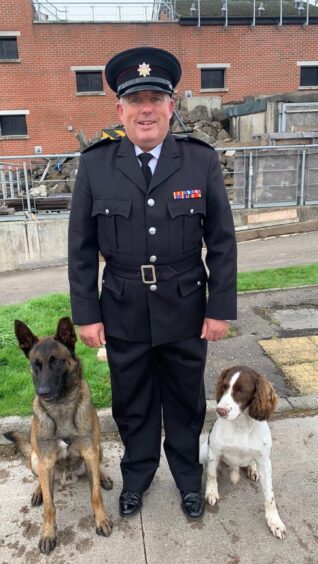
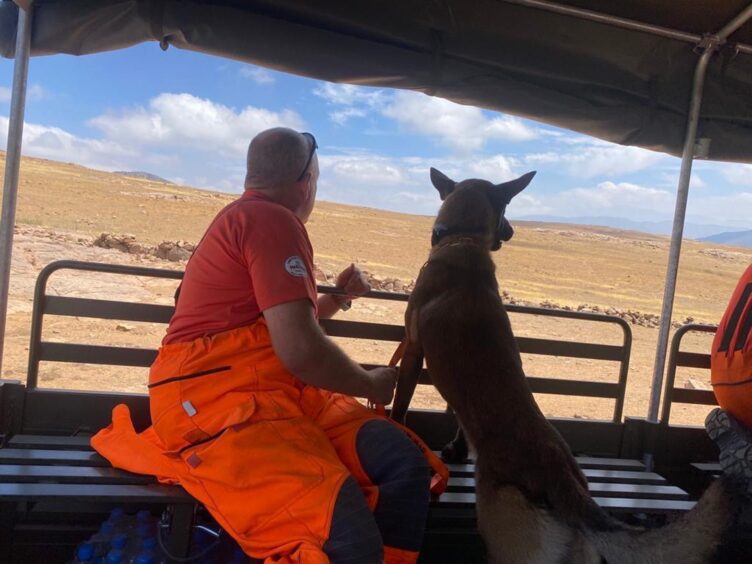
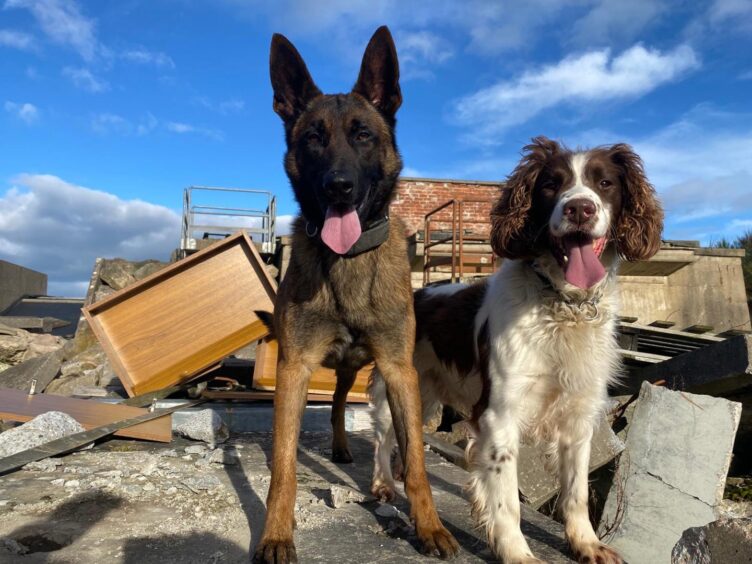
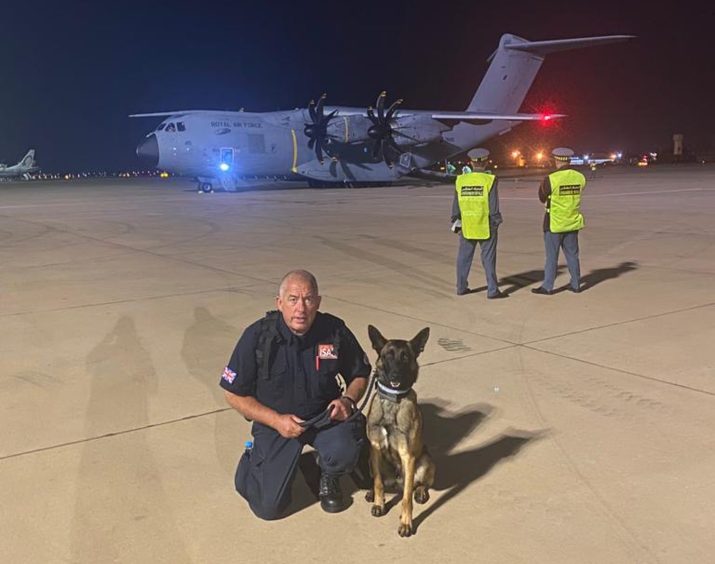
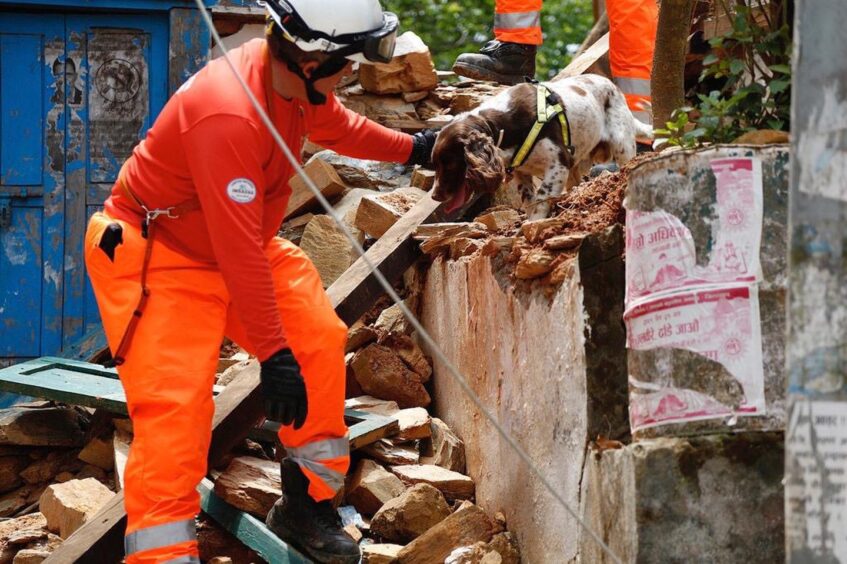
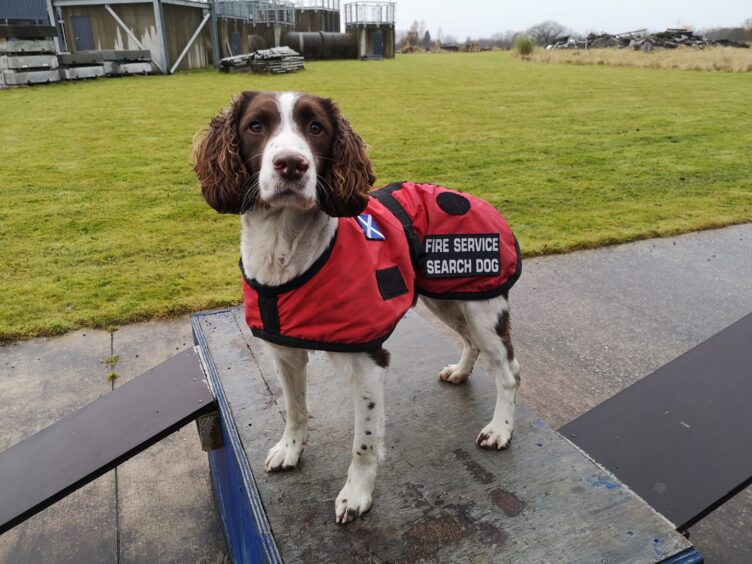
Conversation